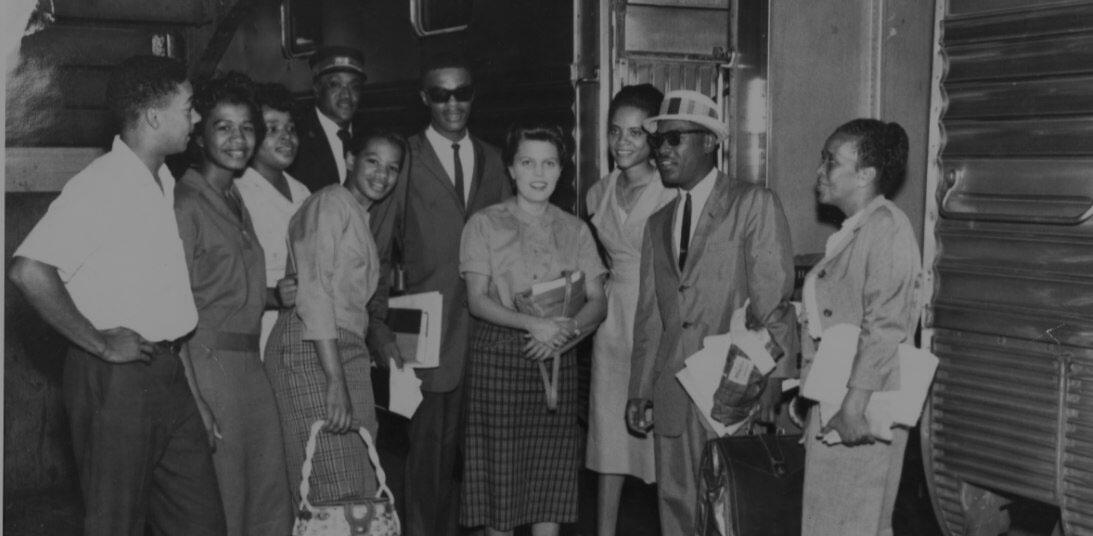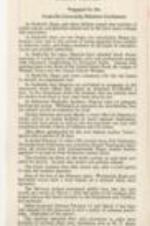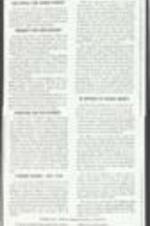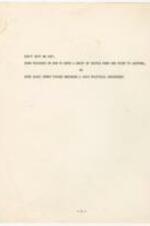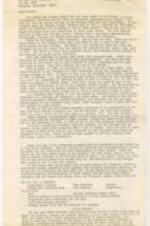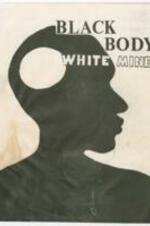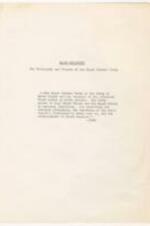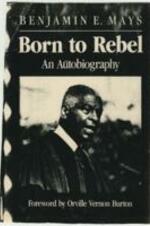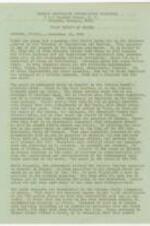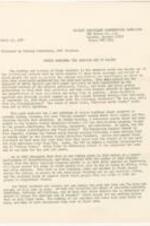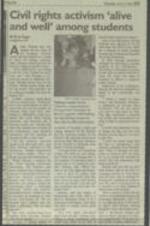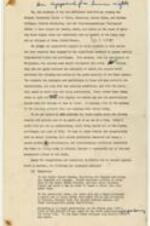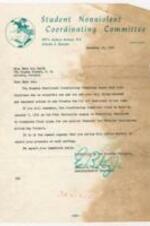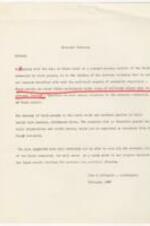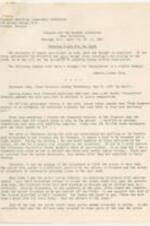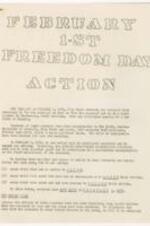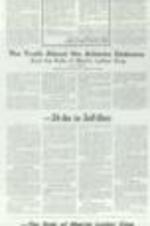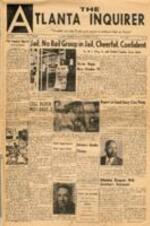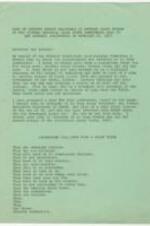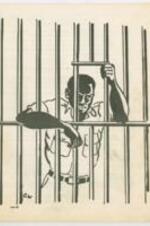Mary Ann Smith Wilson, Ruby Doris Smith Robinson Collection on Student Activism
Mary Ann Smith Wilson, Ruby Doris Smith Robinson Collection on Student Activism
Mary Ann Smith Wilson, Ruby Doris Smith Robinson Collection on Student Activism
Mary Ann Smith Wilson, Ruby Doris Smith Robinson Collection on Student Activism
Mary Ann Smith Wilson, Ruby Doris Smith Robinson Collection on Student Activism
Mary Ann Smith Wilson, Ruby Doris Smith Robinson Collection on Student Activism
Mary Ann Smith Wilson, Ruby Doris Smith Robinson Collection on Student Activism
Mary Ann Smith Wilson, Ruby Doris Smith Robinson Collection on Student Activism
Mary Ann Smith Wilson, Ruby Doris Smith Robinson Collection on Student Activism
Mary Ann Smith Wilson, Ruby Doris Smith Robinson Collection on Student Activism
Mary Ann Smith Wilson, Ruby Doris Smith Robinson Collection on Student Activism
Mary Ann Smith Wilson, Ruby Doris Smith Robinson Collection on Student Activism
Mary Ann Smith Wilson, Ruby Doris Smith Robinson Collection on Student Activism
Mary Ann Smith Wilson, Ruby Doris Smith Robinson Collection on Student Activism
Mary Ann Smith Wilson, Ruby Doris Smith Robinson Collection on Student Activism
Mary Ann Smith Wilson, Ruby Doris Smith Robinson Collection on Student Activism
Mary Ann Smith Wilson, Ruby Doris Smith Robinson Collection on Student Activism
Mary Ann Smith Wilson, Ruby Doris Smith Robinson Collection on Student Activism
Mary Ann Smith Wilson, Ruby Doris Smith Robinson Collection on Student Activism
Mary Ann Smith Wilson, Ruby Doris Smith Robinson Collection on Student Activism

